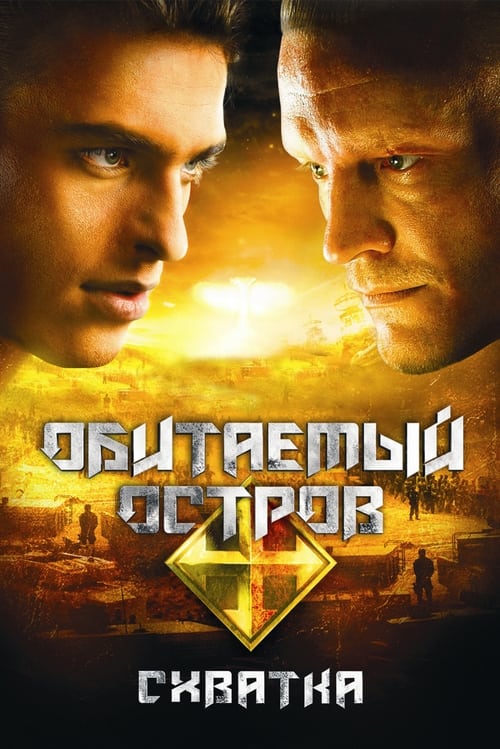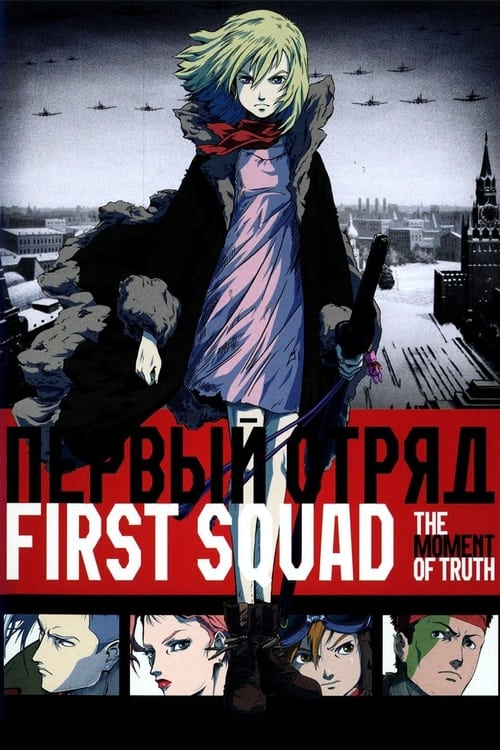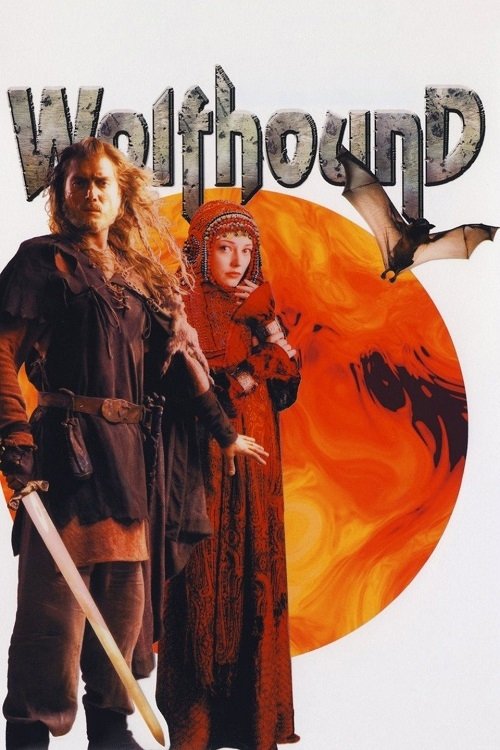
Ask Your Own Question
What is the plot?
What is the ending?
In the ending of "The Inhabited Island 2: Rebellion," the protagonist, Maxim Kammerer, confronts the oppressive regime of the planet Saraksh. After a series of intense battles and personal sacrifices, he ultimately defeats the tyrannical leaders. However, the victory comes at a great cost, leading to a bittersweet resolution for the characters involved.
As the film concludes, Maxim is left to grapple with the consequences of his actions and the heavy burden of leadership. The fate of the other main characters, including the loyal ally Grom, the conflicted leader of the rebels, and the enigmatic figure of the planet's ruler, is intertwined with Maxim's journey, culminating in a complex web of loyalty, sacrifice, and the quest for freedom.
Now, let's delve into the ending in a more detailed narrative fashion:
The climax of "The Inhabited Island 2: Rebellion" unfolds in a desolate landscape, where the remnants of a once-thriving civilization lie in ruins. Maxim Kammerer, weary yet resolute, stands at the forefront of a rebellion against the oppressive regime that has long subjugated the inhabitants of Saraksh. The air is thick with tension as the rebels prepare for their final assault on the stronghold of the tyrannical leaders.
As the battle erupts, explosions light up the sky, casting shadows over the determined faces of the rebels. Maxim, driven by a fierce desire for freedom, leads the charge, his heart pounding with a mix of fear and hope. He is acutely aware of the stakes; the lives of his friends and the future of the planet hang in the balance. Each step forward is a testament to his resolve, but also a reminder of the sacrifices made along the way.
In the midst of the chaos, Maxim encounters Grom, his steadfast ally, who fights valiantly by his side. Their bond is palpable, forged through shared struggles and a mutual understanding of the cost of their rebellion. Grom's fierce loyalty fuels Maxim's determination, but it also weighs heavily on him, knowing that their fight could lead to devastating losses.
As they breach the stronghold, they face the leaders of the regime, who are cloaked in arrogance and power. A tense confrontation ensues, where Maxim confronts the ruler, a figure shrouded in mystery and malice. The dialogue is charged with emotion, revealing the depths of Maxim's conviction and the ruler's desperate attempts to maintain control. The clash of ideologies is palpable, as Maxim fights not just for himself, but for the oppressed people of Saraksh.
In a heart-stopping moment, the battle reaches its zenith. Maxim, fueled by a surge of adrenaline and righteous anger, makes a fateful decision that alters the course of the conflict. He sacrifices his own safety to ensure the success of the rebellion, a choice that resonates deeply with the audience. The scene is filled with visceral action, punctuated by the sounds of gunfire and the cries of the fallen.
As the dust settles, the regime crumbles, and the rebels emerge victorious. However, the victory is bittersweet. Maxim stands amidst the ruins, the weight of leadership heavy on his shoulders. He looks around at the faces of his comrades, some celebrating, others mourning the loss of friends and family. The emotional turmoil is evident; the cost of freedom has been steep.
Grom, though injured, stands beside Maxim, embodying the spirit of resilience. Their eyes meet, a silent acknowledgment of their journey and the sacrifices made. The fate of the other characters is revealed in the aftermath; some have perished in the fight, while others are left to rebuild a shattered world. The sense of loss is palpable, yet there is also a glimmer of hope as the inhabitants begin to envision a future free from tyranny.
In the final moments, Maxim reflects on the journey that brought him to this point. He understands that the fight for freedom is ongoing, and the scars of war will linger. As he gazes into the horizon, a sense of determination fills him; he is ready to lead the people of Saraksh into a new era, one forged from the ashes of rebellion.
The film concludes with a poignant reminder of the complexities of war, the sacrifices made for freedom, and the enduring spirit of those who dare to rise against oppression. Maxim's journey is far from over, but he stands resolute, ready to face whatever challenges lie ahead.
Is there a post-credit scene?
In "The Inhabited Island 2: Rebellion," there is no post-credit scene. The film concludes its narrative without any additional scenes or content after the credits roll. The story wraps up with the resolution of the main conflict, focusing on the characters' fates and the implications of their actions throughout the film. The ending emphasizes the themes of rebellion and the struggle for freedom, leaving the audience with a sense of closure regarding the characters' journeys.
What motivates Maxim Kammerer to continue his fight against the oppressive regime on the inhabited island?
Maxim Kammerer is driven by a deep sense of justice and a desire to free the inhabitants from the tyrannical rule of the planet's leaders. His experiences and the suffering he witnesses fuel his determination to rebel against the oppressive system, as he believes in the potential for a better future for the people.
How does the character of the Commander influence the events on the inhabited island?
The Commander represents the authoritarian regime and embodies the oppressive forces that Maxim and his allies are fighting against. His ruthless tactics and manipulation create a climate of fear, which complicates the rebellion and forces characters to confront their own moral dilemmas, ultimately shaping the course of the conflict.
What role does the character of the girl, who is a part of the resistance, play in the story?
The girl, who becomes a key member of the resistance, symbolizes hope and the human spirit's resilience. Her relationship with Maxim adds emotional depth to the narrative, as they share a bond that strengthens their resolve to fight against the regime. Her bravery and resourcefulness inspire others to join the cause.
How does the discovery of the ancient technology impact the rebellion?
The discovery of ancient technology serves as a pivotal turning point in the rebellion. It provides Maxim and his allies with the means to challenge the regime's power, offering them advanced weaponry and strategic advantages. This technology not only enhances their fighting capabilities but also raises questions about the ethical implications of using such power.
What internal conflicts does Maxim face throughout the film?
Maxim grapples with feelings of isolation, the burden of leadership, and the moral complexities of rebellion. He struggles with the weight of his decisions, questioning whether the violence of the uprising is justified. His internal conflicts are heightened by his relationships with other characters, particularly as he navigates love, loyalty, and the consequences of his actions.
Is this family friendly?
"The Inhabited Island 2: Rebellion" contains several elements that may not be suitable for children or sensitive viewers. Here are some potentially objectionable aspects:
-
Violence and Combat: The film features intense scenes of battle and conflict, including hand-to-hand combat and the use of weapons, which may be distressing for younger audiences.
-
Dark Themes: The narrative explores themes of oppression, rebellion, and moral ambiguity, which can be heavy and complex for children to understand.
-
Death and Suffering: There are moments depicting the consequences of war, including death and suffering of characters, which can be emotionally impactful.
-
Dystopian Elements: The portrayal of a totalitarian regime and the struggles of the oppressed can be unsettling, as it reflects real-world issues of tyranny and control.
-
Mature Language: The dialogue includes strong language and adult themes that may not be appropriate for younger viewers.
-
Emotional Turmoil: Characters experience significant emotional distress, betrayal, and moral dilemmas, which may be upsetting for sensitive individuals.
These elements contribute to a darker tone that may not be suitable for a family-friendly viewing experience.













































